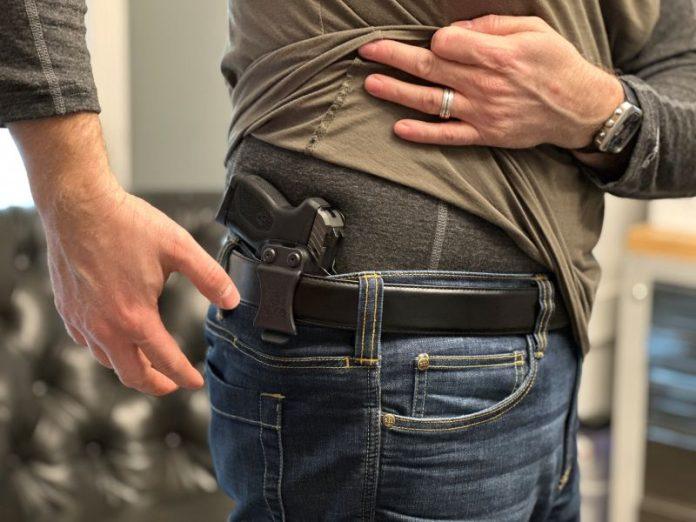Naturally, there are many different factors to consider when you’re new to concealed carry. For example, you need to know where you can carry concealed and where you can’t. You’ll also need to adjust to the physical and emotional realities of actually carrying a weapon with you wherever you go.
But far too many people forget to consider the impact their choice of holsters can have on their experience, as it definitely makes a difference. Here’s a closer look at what to keep in mind when considering your options.
Table of Contents
1. How Comfortable It Is
Everyone knows that a key part of the concealed carry lifestyle is about not carrying in an obvious or detectable way. But ask any experienced carrier, and they’ll tell you it’s also about becoming truly comfortable on a personal level with the idea of carrying in the first place.
A good concealed carry holster holds the firearm close to the wearer’s body to minimize the likelihood of detection. However, it also does so in a way that’s comfortable for the wearer. Look for fully adjustable holster options that make it easy to strike a balance that feels right to you.
2. Whether It’s Right for the Firearm
Never simply assume that if you’ve seen one concealed carry holster, you’ve seen them all. A good choice is always designed with your firearm’s exact type and size in mind, so resist the urge to go for something too general.
For example, if you carry a Glock 19, then you really need an actual Glock 19 concealment holster. It’s the best way to achieve a safe, secure fit you can trust with your safety, comfort, and privacy.
3. Your Preference in Carry Positions
Every carrier has their preference when it comes to how and where they position their firearm. Many people carry theirs either inside their waistbands or outside them. But there are plenty of people who prefer to carry near an ankle, at the shoulder, or even simply inside a pocket.
Each of the most common concealed carry positions has its unique pros and cons to consider. But your personal comfort is a key factor, as well. Experiment with different options to figure out which feels right to you, and then choose a holster to match.
4. Passive vs. Active Retention
Some holsters feature an active retention set-up (e.g., a trigger guard or a thumb break) to ensure the firearm stays in place no matter what. Others are designed for passive retention, meaning they keep the firearm in place via a snugger fit so it’s easy to access.
Both are viable options for everyday concealed carry, but most firearm carriers have a personal preference for one over the other. Weigh the potential risks and benefits of each, and then keep your preference in mind when shopping around for the right holster.
Ultimately, while quality is a major concern when choosing a holster, even the best holster in the world isn’t going to be much good to you if it doesn’t help you carry comfortably. Remember, concealed carry is essentially about comfort and peace of mind, so make sure your holster choice helps facilitate that.







